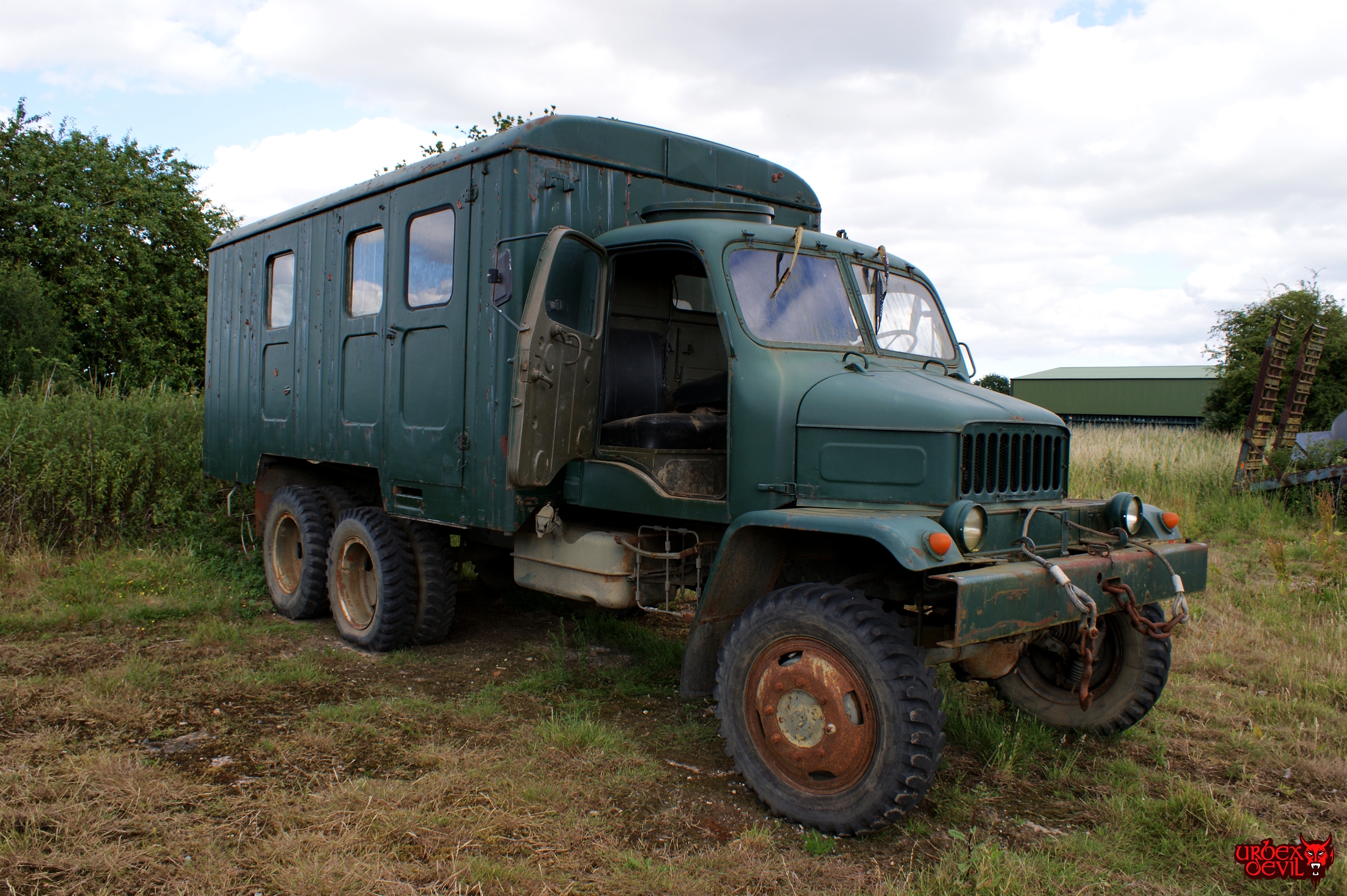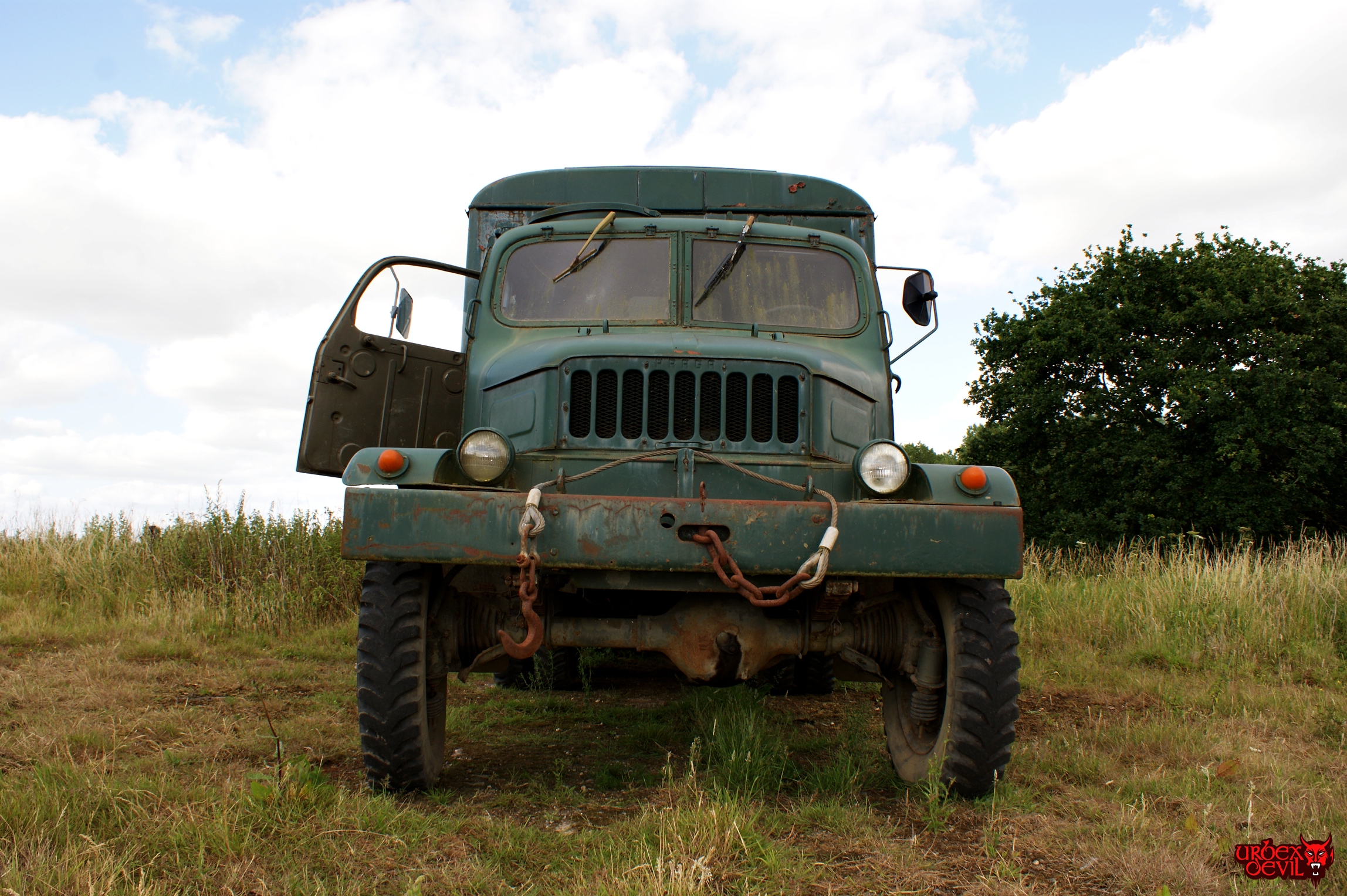- Joined
- Feb 24, 2015
- Messages
- 256
- Reaction score
- 1,146
On the days list with the awesome RelictaSpiritus on a day trip to Norfolk is RNAS Pulham.
Not much to report on this location as we actually didn’t find what we was looking for, however we did find some pretty cool old trucks, trailers and an old barn full of junk.
Somewhat unexpected find, especially to find everything unlocked and open! With one giving myself the classic urbex fright of a pigeon flying towards me and the other more gruesome find of a dead animal of some sort inside the front of the truck… How does that even happen?
But anyway, despite not even knowing if the pictures below are even related to the site, here’s the history once again shamelessly stolen from Wikipedia.












Not much to report on this location as we actually didn’t find what we was looking for, however we did find some pretty cool old trucks, trailers and an old barn full of junk.
Somewhat unexpected find, especially to find everything unlocked and open! With one giving myself the classic urbex fright of a pigeon flying towards me and the other more gruesome find of a dead animal of some sort inside the front of the truck… How does that even happen?
But anyway, despite not even knowing if the pictures below are even related to the site, here’s the history once again shamelessly stolen from Wikipedia.
RNAS Pulham (later RAF Pulham) was a Royal Navy Air Service (RNAS) airship station. Though land was purchased by the Royal Navy in 1912 the site was not operational until 1915. From 1918 to 1958, the unit was a Royal Air Force establishment.
Pulham was one of the main British airship stations, with more than 3,000 men on the base at the end of the First World War. Initially it was used for airships that operated patrols over the North Sea (such as the Coastal and SS types) until their areas were taken over by seaplanes.
The R34 landed at RNAS Pulham to complete the first two-way flown crossing of the Atlantic in July 1919.
After the loss of the R101 in 1930 and the end of British airships the station was moved on to a care and maintenance basis only.
In its heyday Pulham had its own hydrogen plant, one small and two large airship sheds (one was later moved to Cardington base in 1930, the other was scrapped in 1948) and a permanent mooring mast.
During World War II, Pulham Air Station was used as an aircraft salvage yard. The RAF used Pulham for storage and Maintenance Unit work until closure in 1958.















